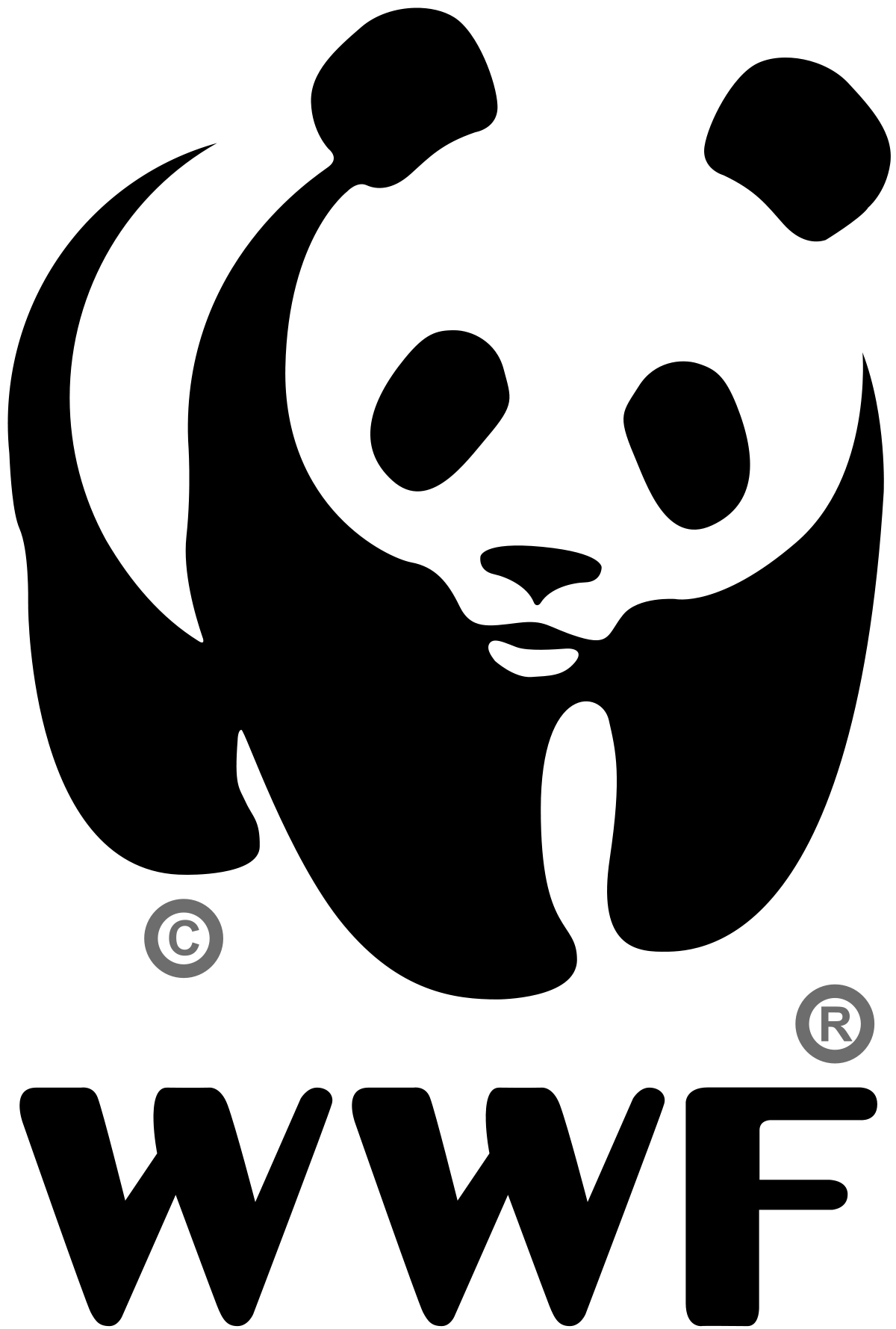Abstract
ENTHIS LINK GOES TO A ENGLISH SECTIONESTHIS LINK GOES TO A SPANISH SECTIONZHTHIS LINK GOES TO A SPANISH SECTION
Unsustainable wildlife trade affects biodiversity and the livelihoods of communities dependent upon those resources. Wildlife farming has been proposed to promote sustainable trade, but characterizing markets and understanding consumer behavior remain neglected but essential steps in the design and evaluation of such operations. We used sea turtle trade in the Cayman Islands, where turtles have been farm raised for human consumption for almost 50 years, as a case study to explore consumer preferences toward wild‐sourced (illegal) and farmed (legal) products and potential conservation implications. Combining methods innovatively (including indirect questioning and choice experiments), we conducted a nationwide trade assessment through in‐person interviews from September to December 2014. Households were randomly selected using disproportionate stratified sampling, and responses were weighted based on district population size. We approached 597 individuals, of which 37 (6.2%) refused to participate. Although 30% of households had consumed turtle in the previous 12 months, the purchase and consumption of wild products was rare (e.g., 64–742 resident households consumed wild turtle meat [i.e., 0.3–3.5% of households] but represented a large threat to wild turtles in the area due to their reduced populations). Differences among groups of consumers were marked, as identified through choice experiments, and price and source of product played important roles in their decisions. Despite the long‐term practice of farming turtles, 13.5% of consumers showed a strong preference for wild products, which demonstrates the limitations of wildlife farming as a single tool for sustainable wildlife trade. By using a combination of indirect questioning, choice experiments, and sales data to investigate demand for wildlife products, we obtained insights about consumer behavior that can be used to develop conservation‐demand‐focused initiatives. Lack of data from long‐term social–ecological assessments hinders the evaluation of and learning from wildlife farming. This information is key to understanding under which conditions different interventions (e.g., bans, wildlife farming, social marketing) are likely to succeed.
Supporting Information



